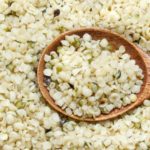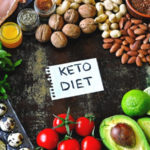Nuts: The Nature’s Insulin That Can Help Manage Diabetes
It’s a common misconception that carbohydrates should be avoided to prevent or manage type 2 diabetes. However, recent studies have shown that not all carbs are created equal. In fact, some types of carbs can actually be beneficial for your health. Consuming these types of carbs can help you maintain your overall health goals. Nuts are a great source of good carbs that you should not overlook.
Here are three nuts that have been found to be as effective as natural insulin, which you can consider adding to your daily diet.
Millet
Millet is a grain that is considered a “longevity food” in Vietnam. According to Dr. Bui Dac Sang of the Vietnam Academy of Science and Technology and the Hanoi Association of Oriental Medicine, millet is sweet and salty in taste, cool in nature, and enters the spleen, stomach, and kidneys.
Consuming millet regularly can effectively prevent diabetes. This is because millet contains a high amount of magnesium, which helps increase the role of insulin in controlling blood sugar levels.
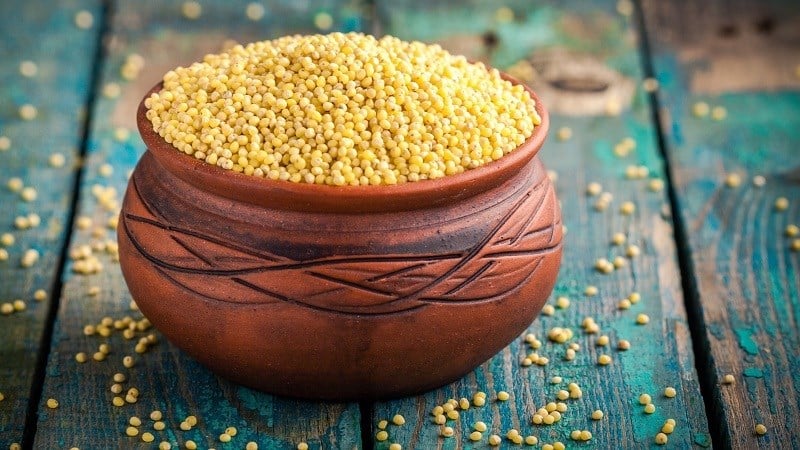
Millet is considered a “longevity food” in Vietnam.
In addition, millet has a low glycemic index and provides a higher amount of fiber than other grains. This is very beneficial for people with diabetes.
A study on people with prediabetes found a link between millet and blood sugar control. The results of the study, which were published in the February 2020 issue of the Journal of Food Science and Technology, showed that people with prediabetes had lower blood sugar levels when they consumed foods made from millet.
People with diabetes can cook millet rice as follows: Hull 250g of millet and cook it with rice for the main meal.
Or, you can cook millet porridge by using 60g of millet and 60g of sweet potato. Cut the sweet potato into small slices, grind the hulled millet, and cook it into porridge. Consuming this porridge for breakfast is good for people with diabetes and weak spleen and stomach.
Chia Seeds
Despite their small size, chia seeds are packed with an impressive range of health benefits. According to the United States Department of Agriculture, chia seeds are a good source of fiber, protein, healthy fats, calcium, manganese, magnesium, phosphorus, and vitamins such as B1, B2, B3, potassium, and zinc.
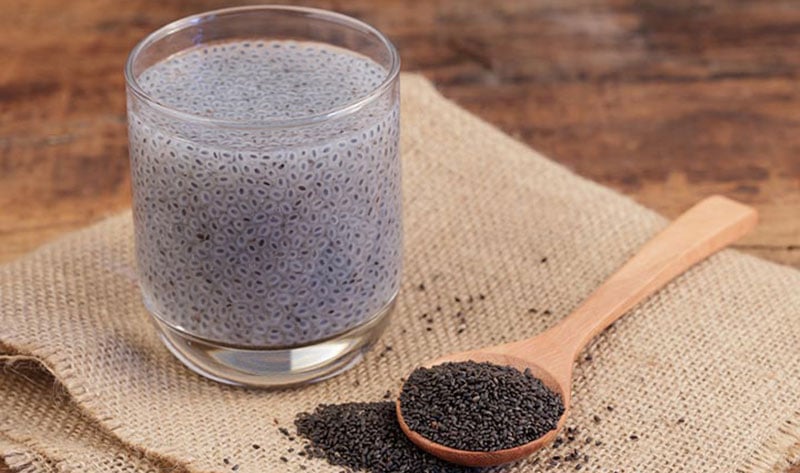
Despite their small size, chia seeds are packed with an impressive range of health benefits.
These seeds can improve insulin sensitivity and help control blood sugar levels. Chia seeds contain fiber, but it does not increase blood sugar levels and does not require insulin during digestion. This makes chia seeds a good choice for people with diabetes.
The fiber in chia seeds is also beneficial for the digestive tract. Consuming chia seeds in the morning can promote digestion and improve bowel function, laying the foundation for effective weight loss.
Pistachios
Pistachios have a low glycemic index and contain a low amount of carbohydrates, so they release a low amount of sugar into the blood when consumed. This helps control blood sugar levels effectively, making them suitable for people who want to maintain stable blood sugar levels.
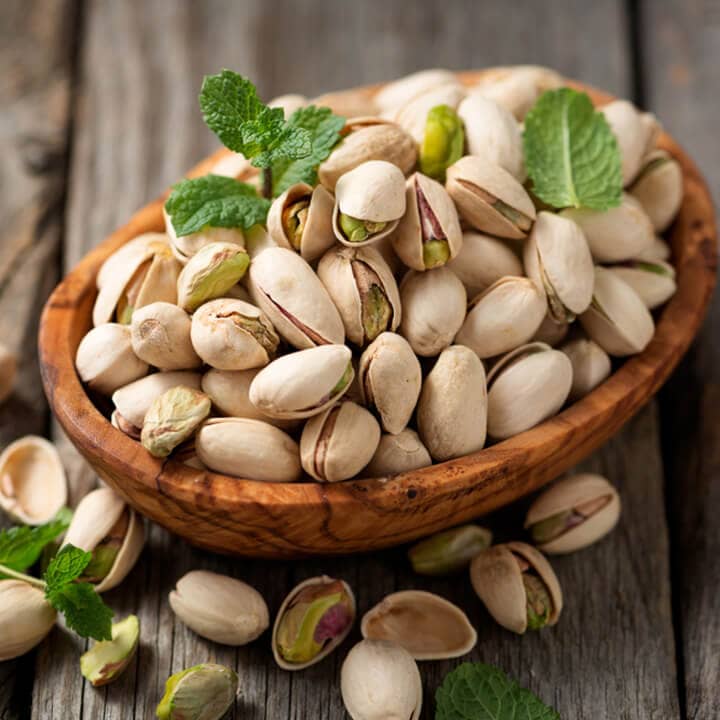
Pistachios have a low glycemic index.
However, people with diabetes should consume pistachios in moderation and avoid overindulgence. It is recommended to eat a maximum of one serving of pistachios, which is about 30g, per day. Consuming too much can have adverse effects on your health.
Exploring the Benefits of Chia Seeds on Good Health: What You Need to Know
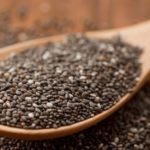 Chia Seeds on Good Health: What You Need to Know’>
Chia Seeds on Good Health: What You Need to Know’>Did you know that chia seeds come from the same family as herbs that are used in spices such as mint and basil? These seeds are a popular health food due to their unique health benefits. Read on to find out how these seeds can be used and why they're so beneficial!

























